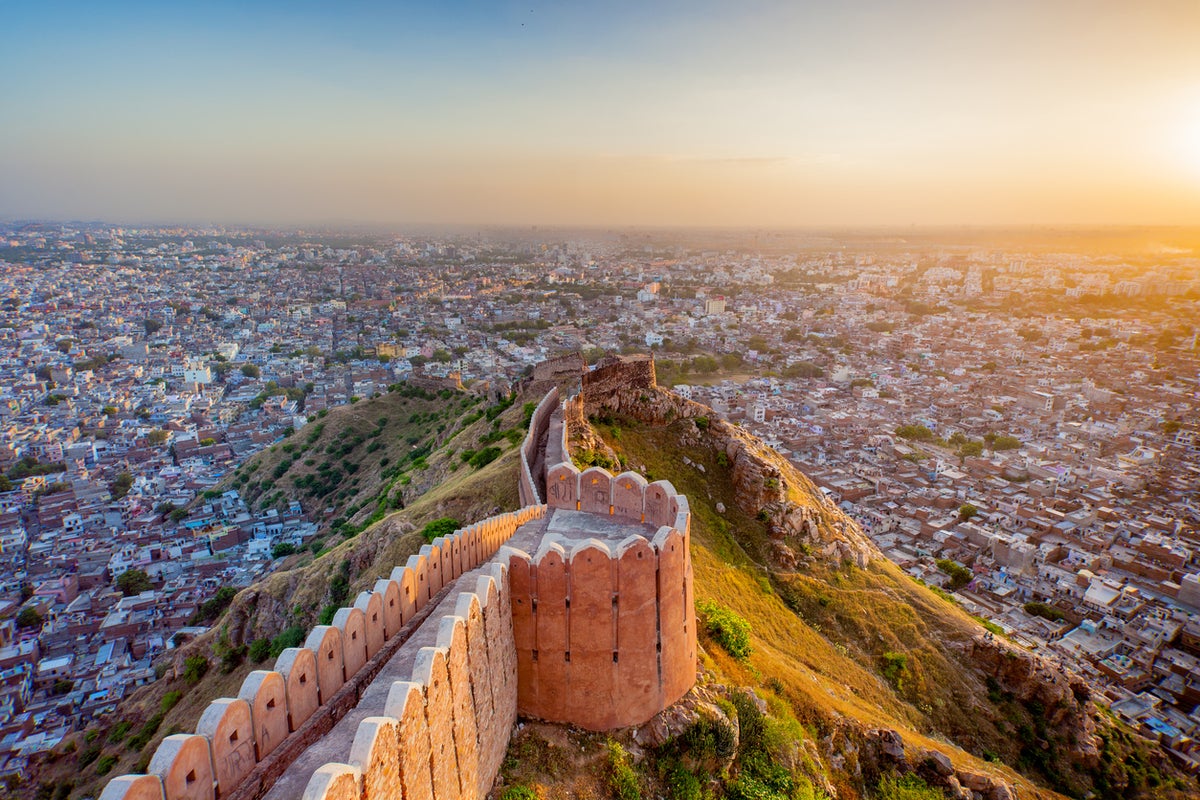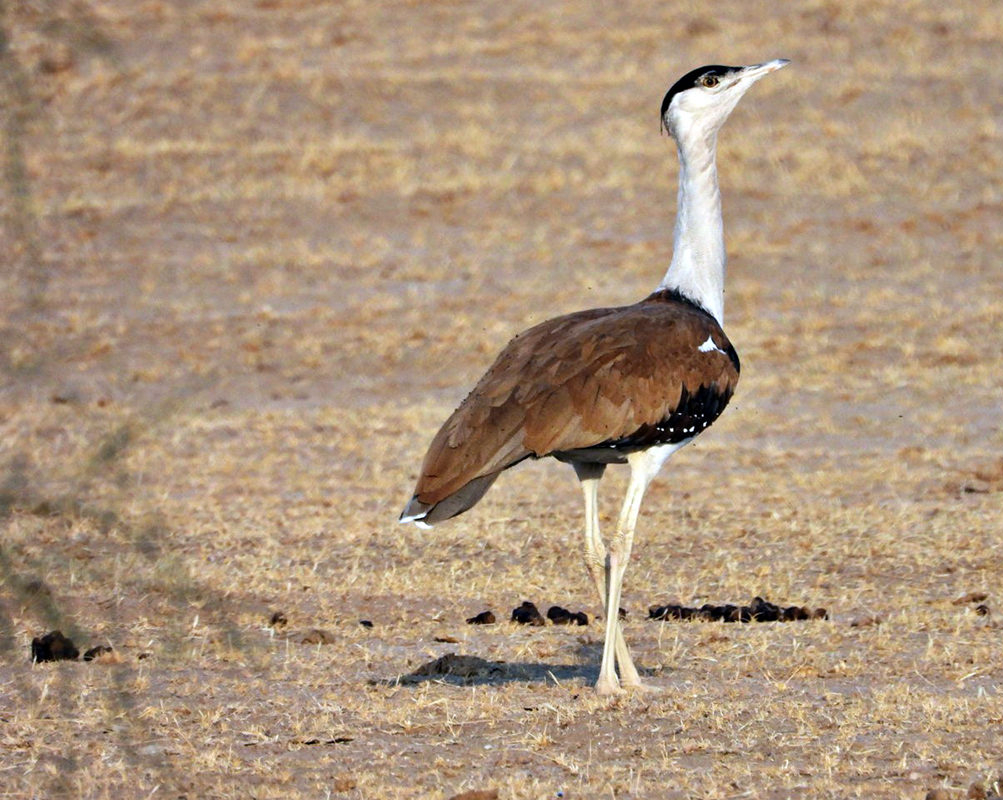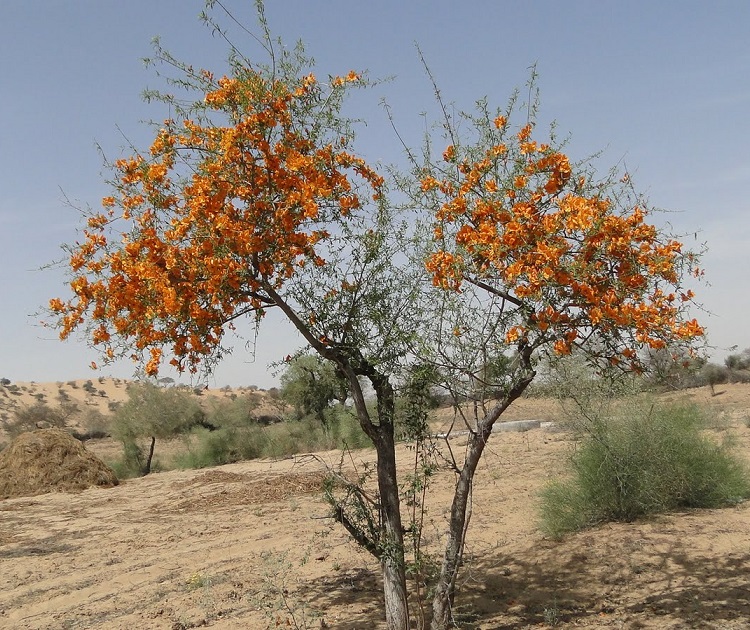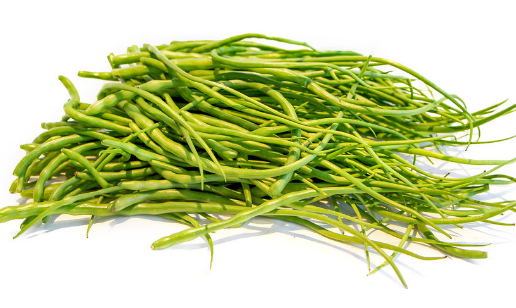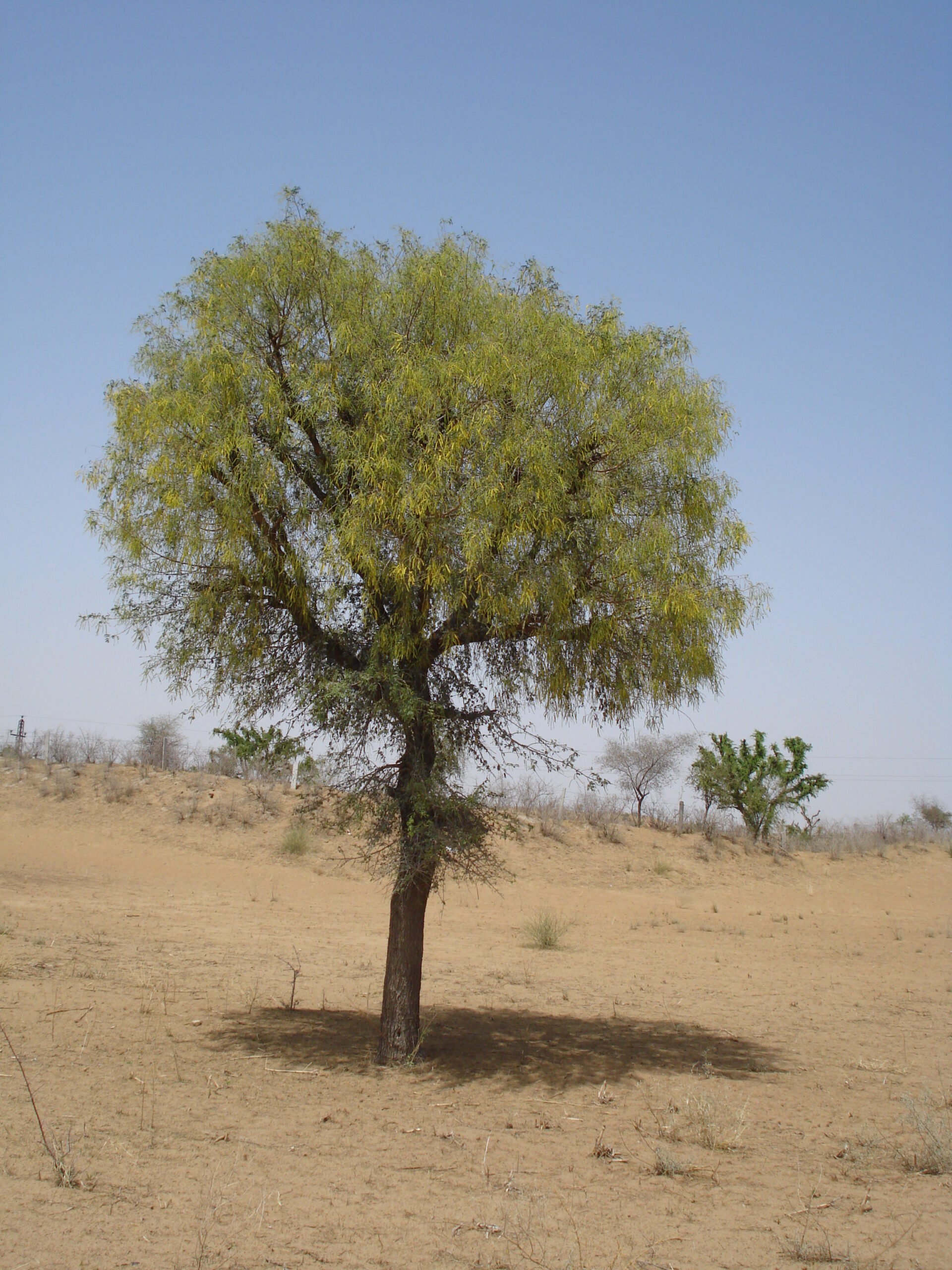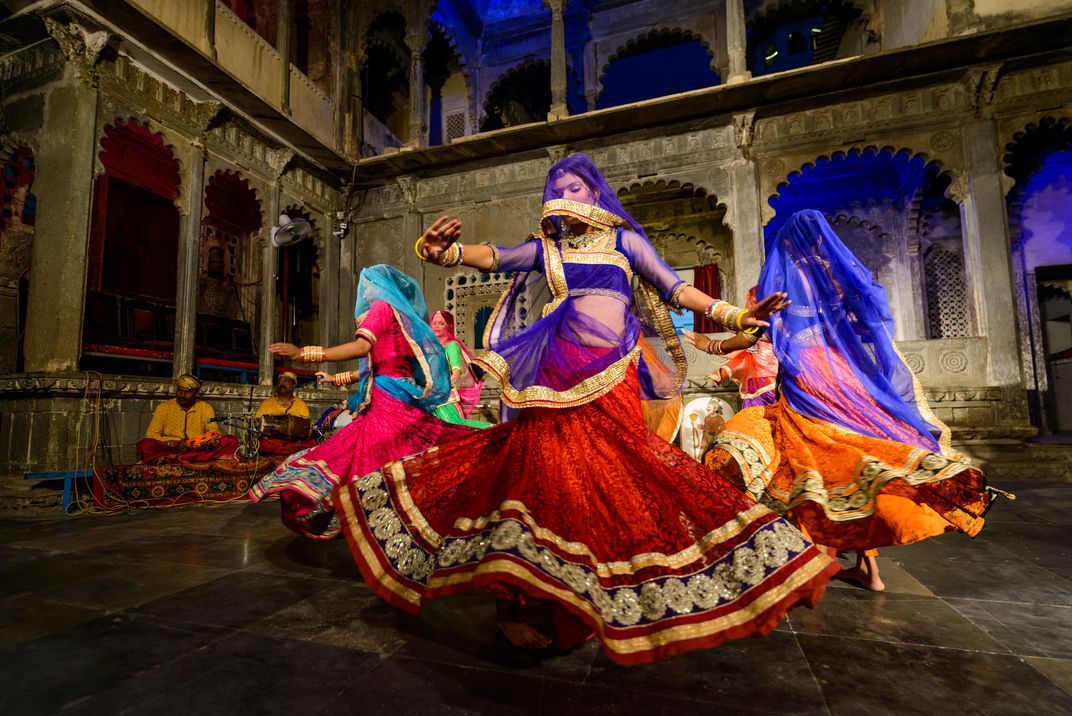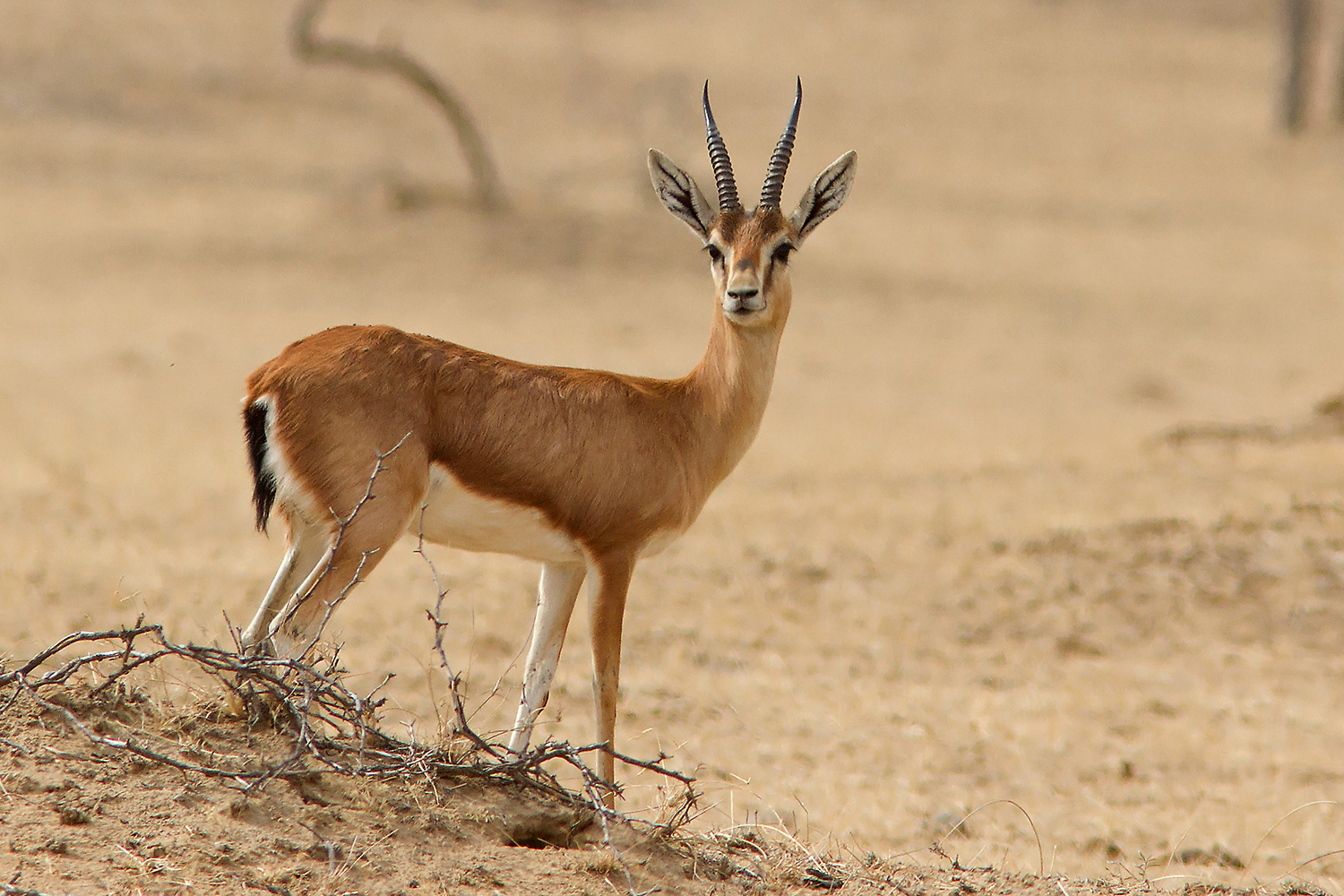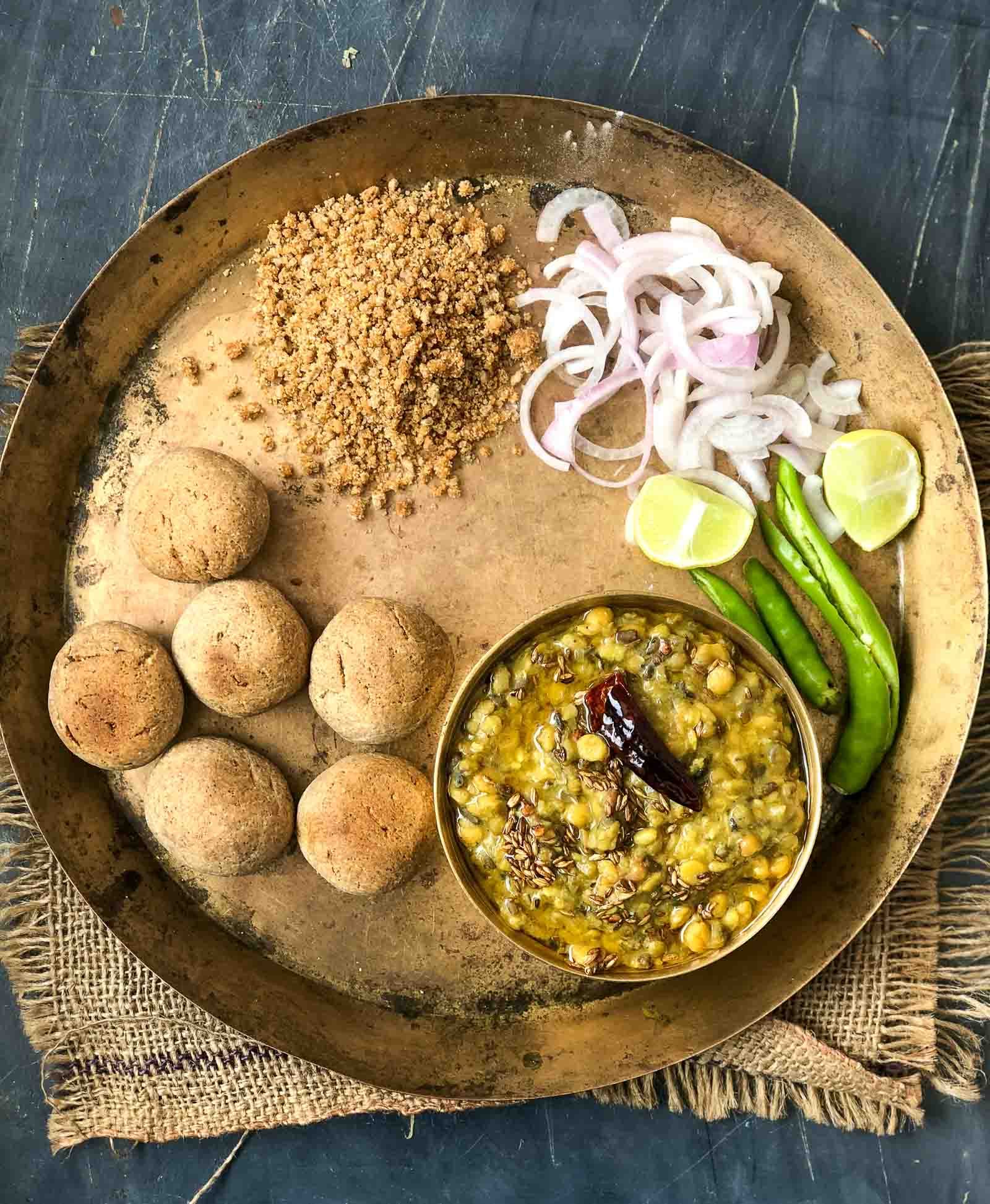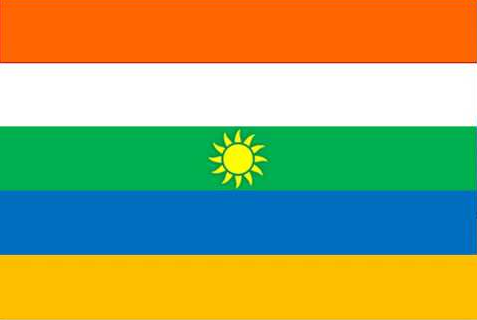State Symbols of Rajasthan
Last updated on January 22nd, 2023 by Editorial Staff
By | Updated on January 22, 2023
Reviewed by Rittika
Rajputana, or “The Country of the Rajputs,” was the last name for Rajasthan, which means “The Abode of the Rajas” (sons of rajas [princes]). Rajasthan has a long and illustrious past. Many heroic kings, their deeds, and their passion for art and architecture are significant in this state. Rajasthan, the home of Rajput warriors, is bold and beautiful, simple yet challenging, hospitable yet self-aware, and full of chivalry and passion. Mountain ranges, lakes, dense woods, lush green valleys, desolate areas, and appealing oases abound in the Great Indian Desert’s diversity.
Geography
Rajasthan, the world’s biggest state by land, is well-known for its various characteristics. Rajasthan is a state in northwestern India. It has Punjab and Haryana towards its north and northeast, Uttar Pradesh and Madhya Pradesh towards its east and southeast, Gujarat towards the southwest, and the Pakistani provinces of Sindh and Punjab towards the west and northwest. Jaipur, the state capital, is located in the state’s east-central area. Rajasthan’s four geographical areas are the Aravalli Range, the Vindhyachal Mountains, the Thar Desert, and the Indo-Gangetic Plains.
History
Many portions of North Rajasthan are believed to have been inhabited by the Indus Valley civilization. In the third century BC, India’s greatest monarch, Ashoka of the Mauryan Dynasty, incorporated Rajasthan into his domain. It was passed down through various dynasties, including the Guptas, before being ruled by the Rajputs for more than five centuries. The Mughals seized control of the Rajput state in the early 1300s. In 1516, Akbar conquered all of Rajputana and ruled till British Empowerment was enforced. Rajasthan produced the famous Rani Padmavati and other Indian historical marvels.
Climate
The most major split within the state is the climate, separated into two distinct climatic regions. The northern half is colder and is flanked by the enormous Aravalli Range. Rajasthan’s climate is varied, ranging from severely arid to extremely humid. The humid zone extends from southeast to east. Except in the highlands, summer temperatures range from the mid-80s F (about 30 °C) to above 110 °F (low 40s C) in June, the warmest month. Summer brings scorching winds and dust storms, especially in the desert. The western desert gets relatively little rain, with an annual average of about 4 inches (100 mm). However, some areas might receive almost 20 inches of rain (500 mm). The Arabian Sea and the majestic Bay of Bengal are branches of the southwest (summer) monsoon winds that carry most of the yearly rainfall to southern Rajasthan.
Culture
Rajasthan has a long history of oral storytelling and written literature. The most popular song is “Kurja,” which tells the narrative of a woman who asks a kurja (a sort of bird) to carry a message to her absent spouse in exchange for a precious prize. Chand Bardai’s epic poem Prithviraj Raso (or Chand Raisa), whose earliest manuscript originates from the 12th century, is particularly important in the literary tradition. Ghoomar is a traditional Rajasthani dance only performed by ladies on special occasions. The geer, which both men and women perform; the panihari. It is a graceful dance for the womenfolk; and the kacchi ghori. It is where male dancers ride dummy horses, all well-known dances. Khyal performances, a verse-based dance-drama with festive, historical, or romantic themes, are also quite popular.
A plethora of religious festivals marks Rajasthan’s cultural life. The Gangaur festival, during which clay figures of Mahadevi and Parvati (representing the beneficent sides of the Hindu mother goddess) are worshipped by women of all castes for 15 days before being immersed in water, is one of the most popular. Another notable event, held near Ajmer in Pushkar, is a combination religious festival and livestock fair, with Hindu pilgrims seeking salvation and farmers from all across the state bringing their camels and cattle to show and sell. The Sufi mystic Khwjah Mun al-Dn Chisht’s tomb at Ajmer is one of India’s most revered Muslim shrines. On the glorious occasion of the saint’s death anniversary, hundreds of thousands of pilgrims, many from other nations, visit the shrine each year.
Cuisine
The state’s cuisine, among other things, is quite diverse and has a distinct flavor. Rajasthani cuisine includes various foods such as dal bati churma, Rajasthani sweets, and Rajasthani thali. Mawa Kachori from Jodhpur, Rasgullas from Bikaner, Ghevar from Jaipur, Malpuas from Pushkar, and Alwar ka Mawa are popular cuisines delicacies. When it comes to experiencing Rajasthan’s culture, heritage, and delectable cuisine, the Choki Dhani is the ideal location to go.
Resources
Rajasthan is rich in minerals such as coal, gypsum, sulfur, dolomite, barytes, limestone, and soap clay because of its enormous natural resources. In addition, a portion of Rajasthan’s desert includes an oil deposit, which is used as a raw material in a variety of industries (like steel). Furthermore, Rajasthan is renowned as India’s furnace because of its significant contribution to power generation through thermal power plants, such as RAPP, JPP, and others.
Places
Its majestic palaces, forts, and monuments keep the state’s splendor alive. The colorful culture and rich traditions of this princely kingdom draw many tourists from around the world.
Among the primary attractions is the Indus Valley Civilization ruins, the Aravalli mountain range, a Jain pilgrimage site known as Dilwara Temples, Karni Mata Mandir, Rajasthan’s only hill station, Mount Abu, Keoladeo National Park (formerly known as Bharatpur National Park), Ranthambore National Park, and the Sariska Tiger Reserve.
Hawa Mahal (Palace of Winds), Lake Palace, City Palace, Amber Palace, Jantar Mantar, Umaid Bhawan in Jodhpur, Jaisalmer Fort in Jaisalmer, and many more may be found at Chittorgarh Fort, Asia’s biggest fort, Mehrangarh Fort in Jodhpur, and Jaipur “The Pink City.” Not only that, but each year, the princely state of Rajasthan hosts several colorful fairs and festivals that are known for their uniqueness and attract a large number of tourists from India and abroad, such as the Pushkar Fair, Jaipur Literature Festival, Jodhpur Flamenco Gypsy Festival, Jaipur Heritage International Festival, Desert Festival, Urs at Ajmer, Teej, and many others, all of which give tourists a great experience
State Information
| Official Language | Hindi, English |
| State Rank | 1 |
| Demonym(s) | Rajasthani |
| Nickname | City of Palaces |
| ISO | IN-RJ |
| Formation Date | 30 March 1949 |
| Coordinates | Lat: 27.0238° N, Long: 74.2179° E |
| Area |
State seal
Motto of Rajasthan
Satyameva Jayate- "Truth alone triumphs"
State symbols of Rajasthan 👇
-
State capitalJaipur
-
State birdGodawan
-
State flowerRohida
-
State fruitSangiri
-
State treeSangiri Tree
-
State danceGhoomar
-
State animalChinkara
-
State dishDal Bati Churma

